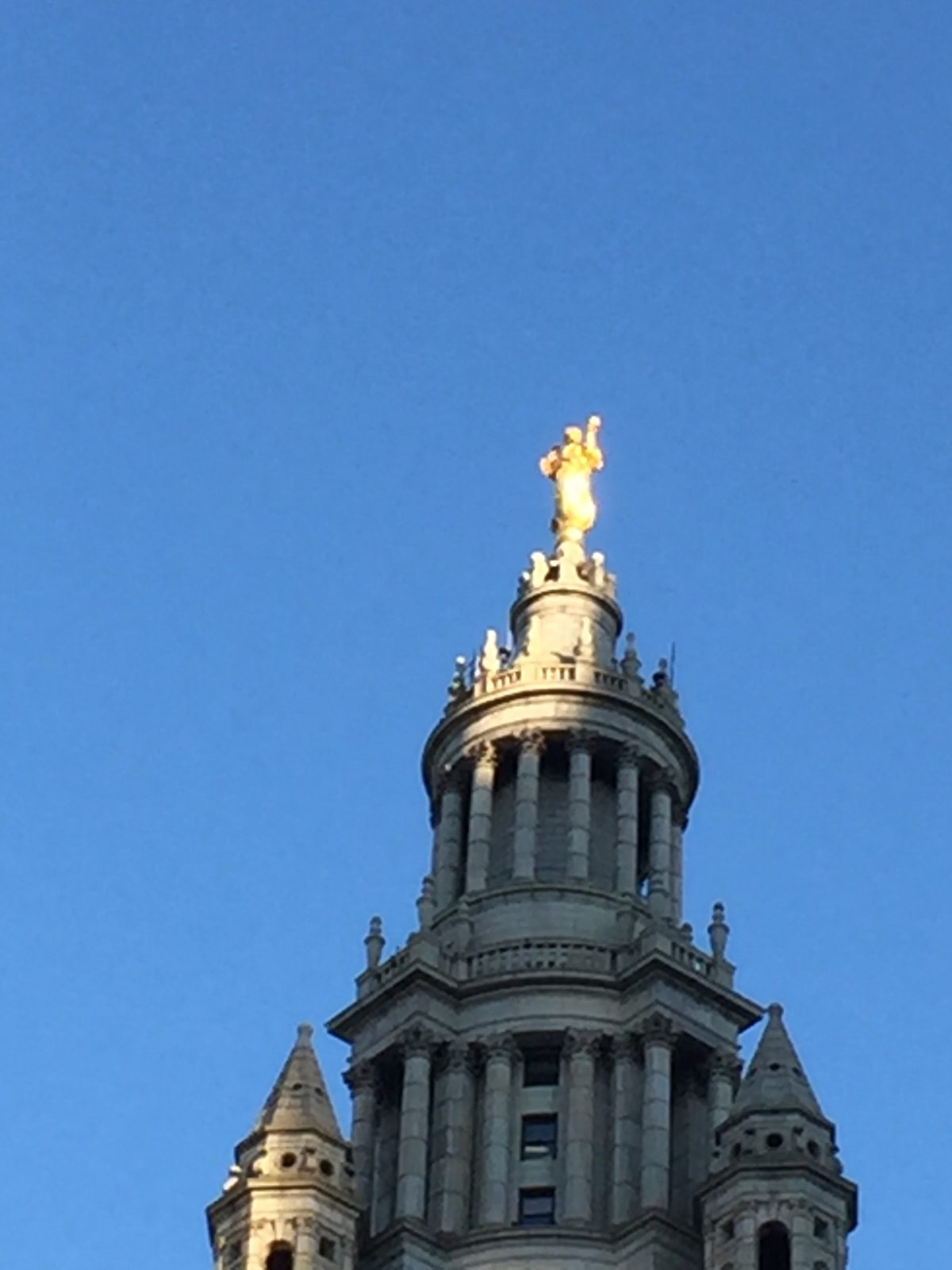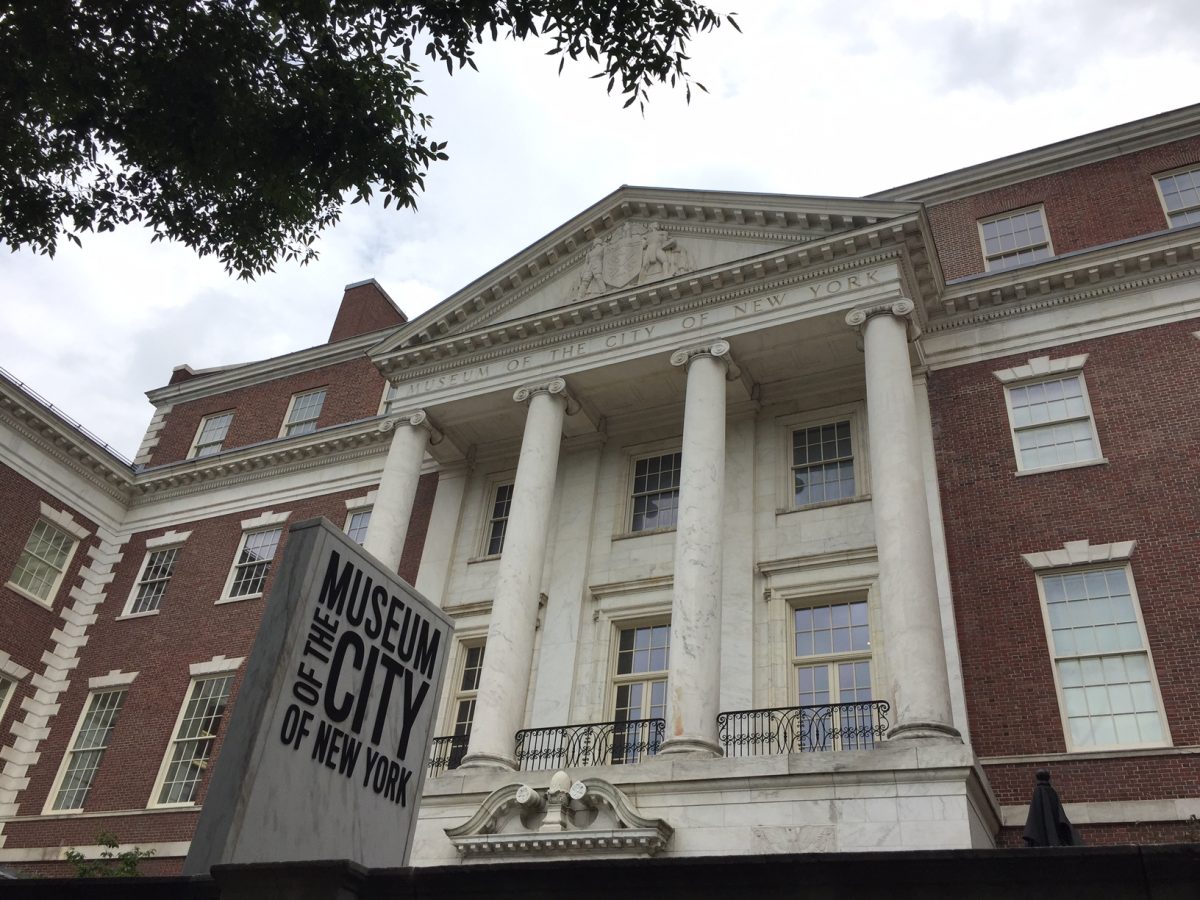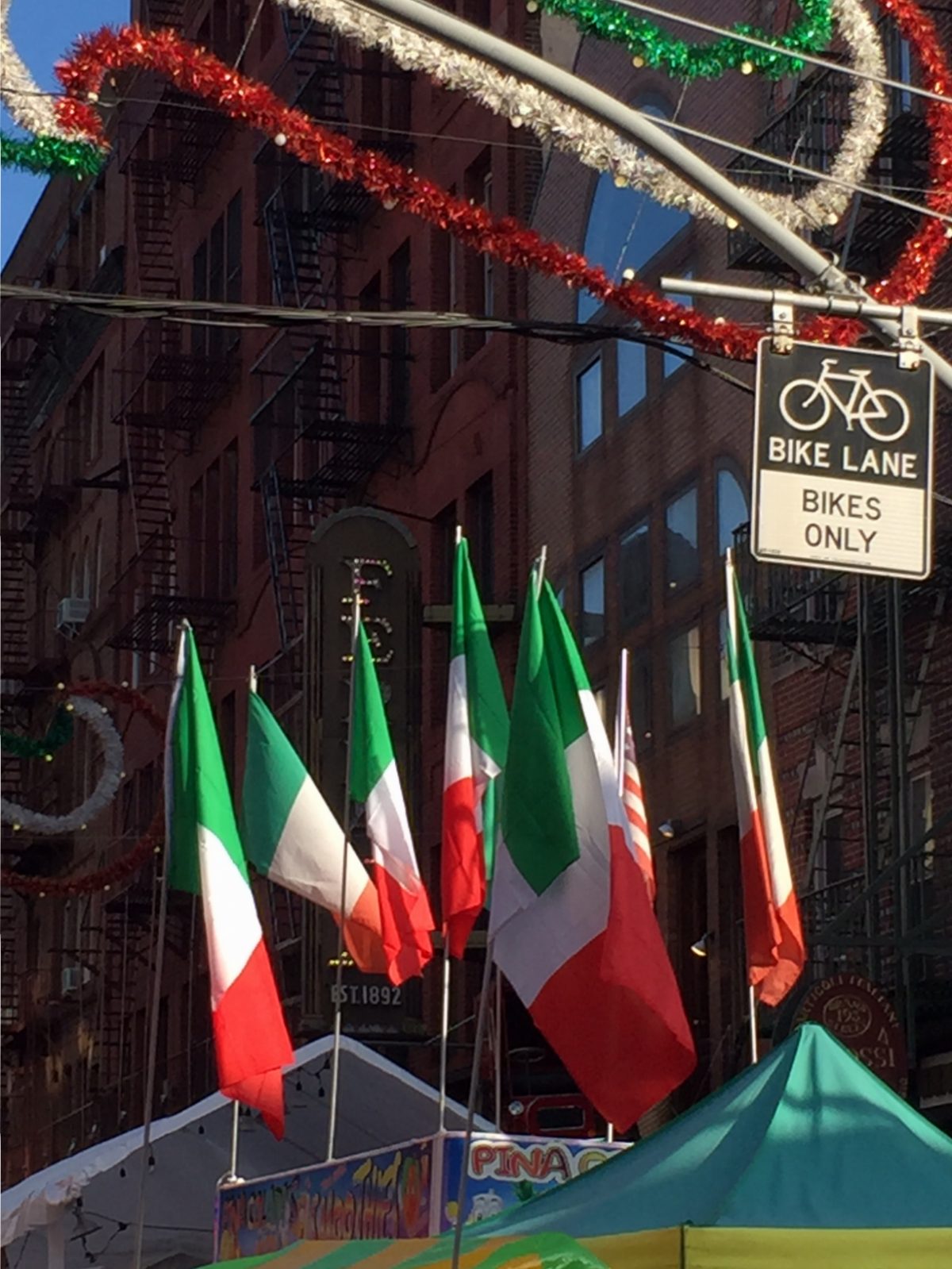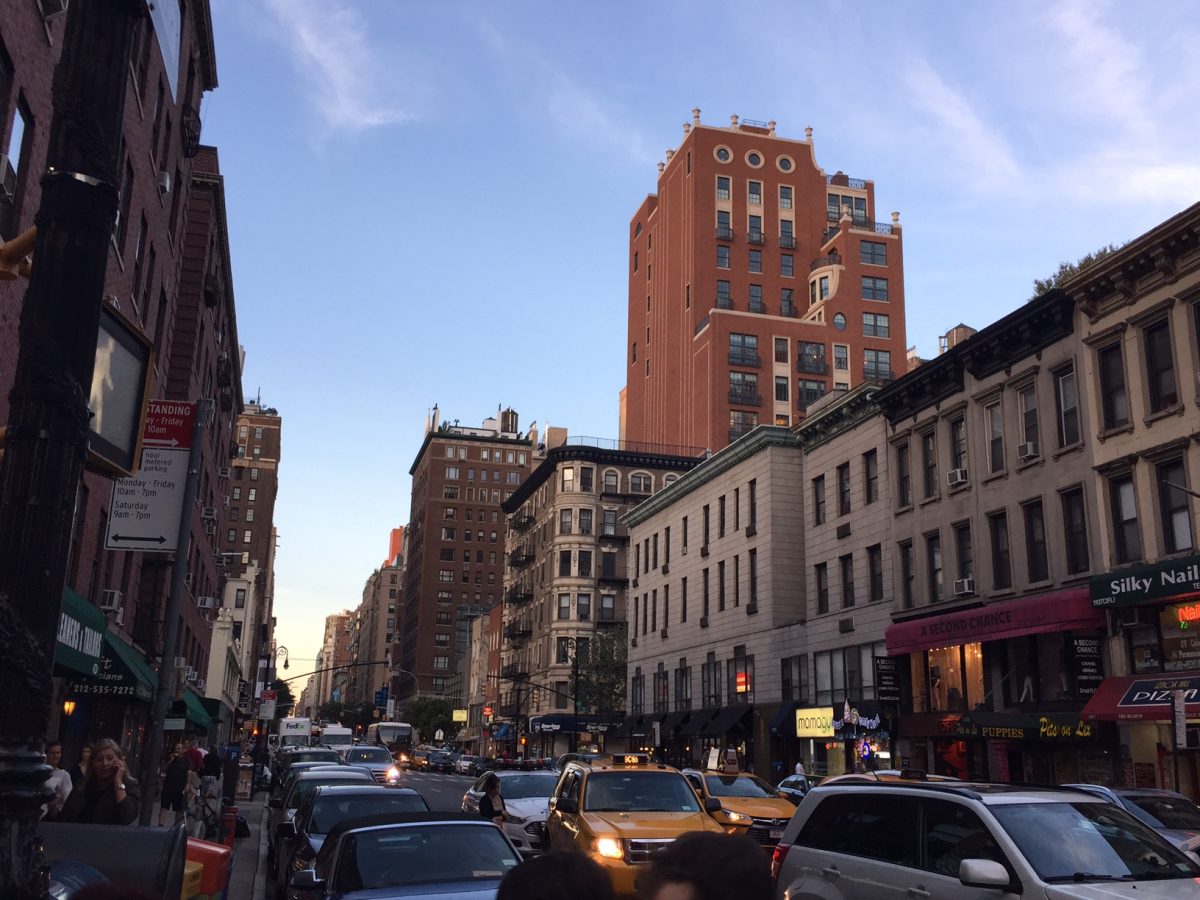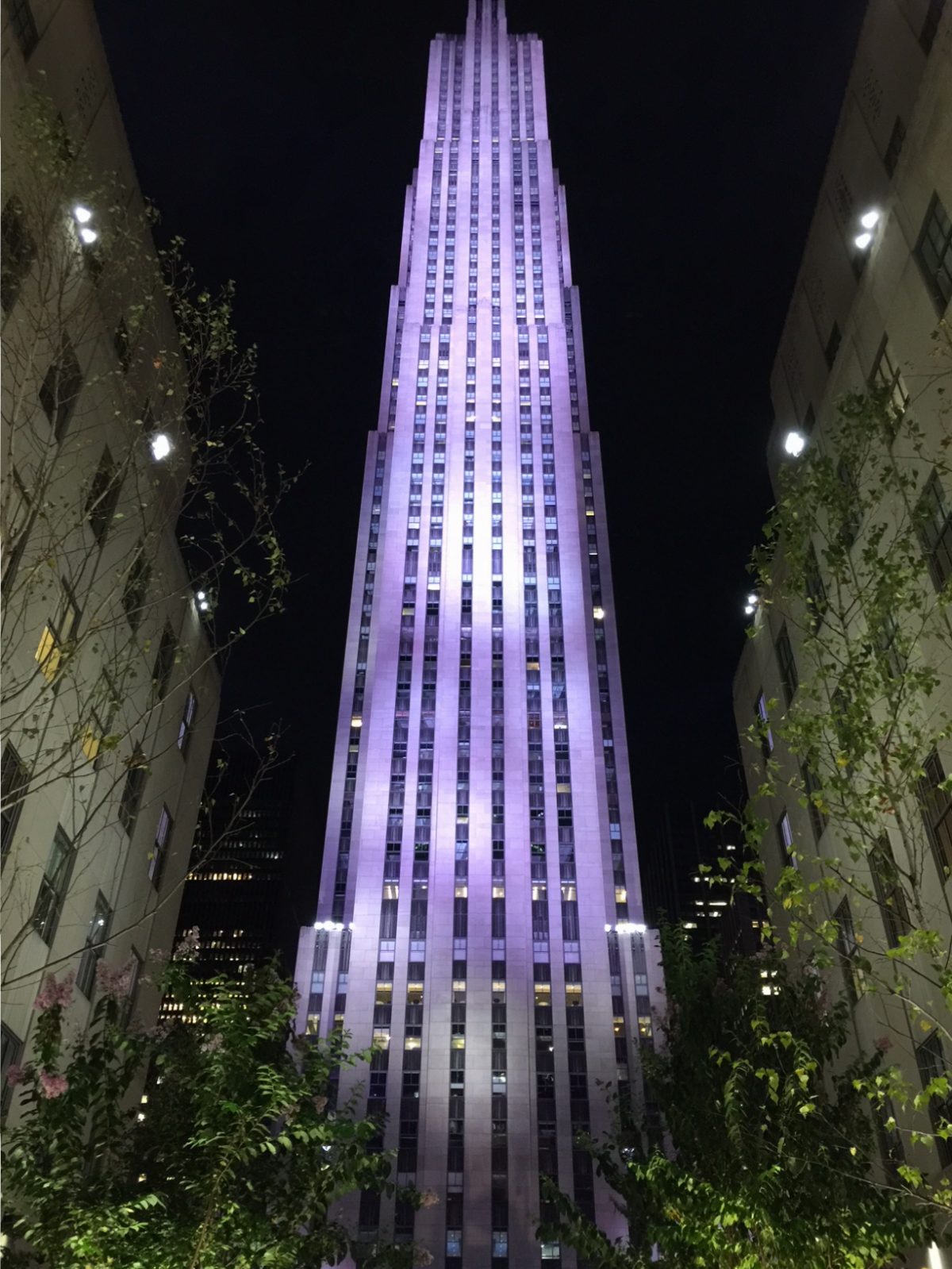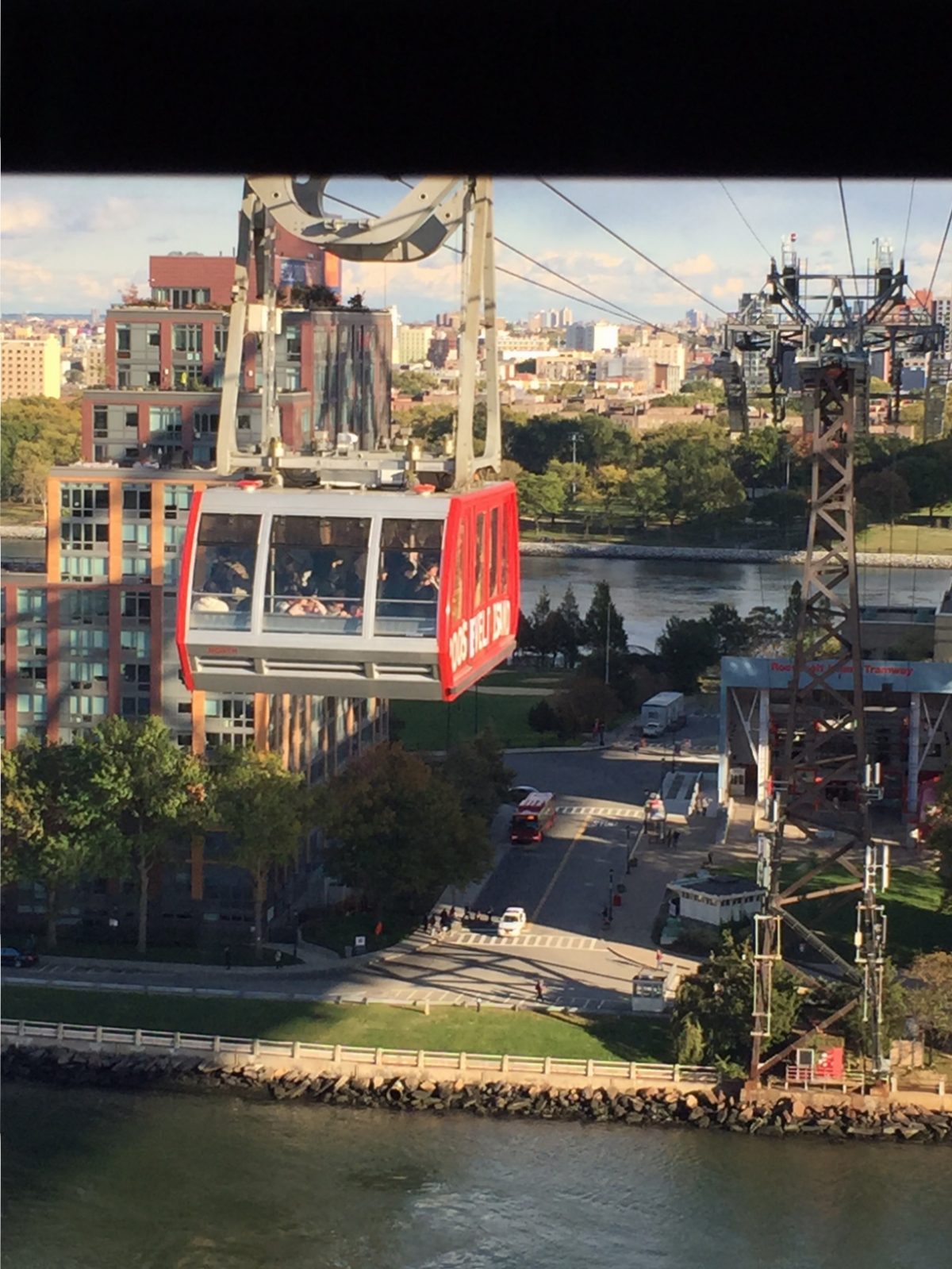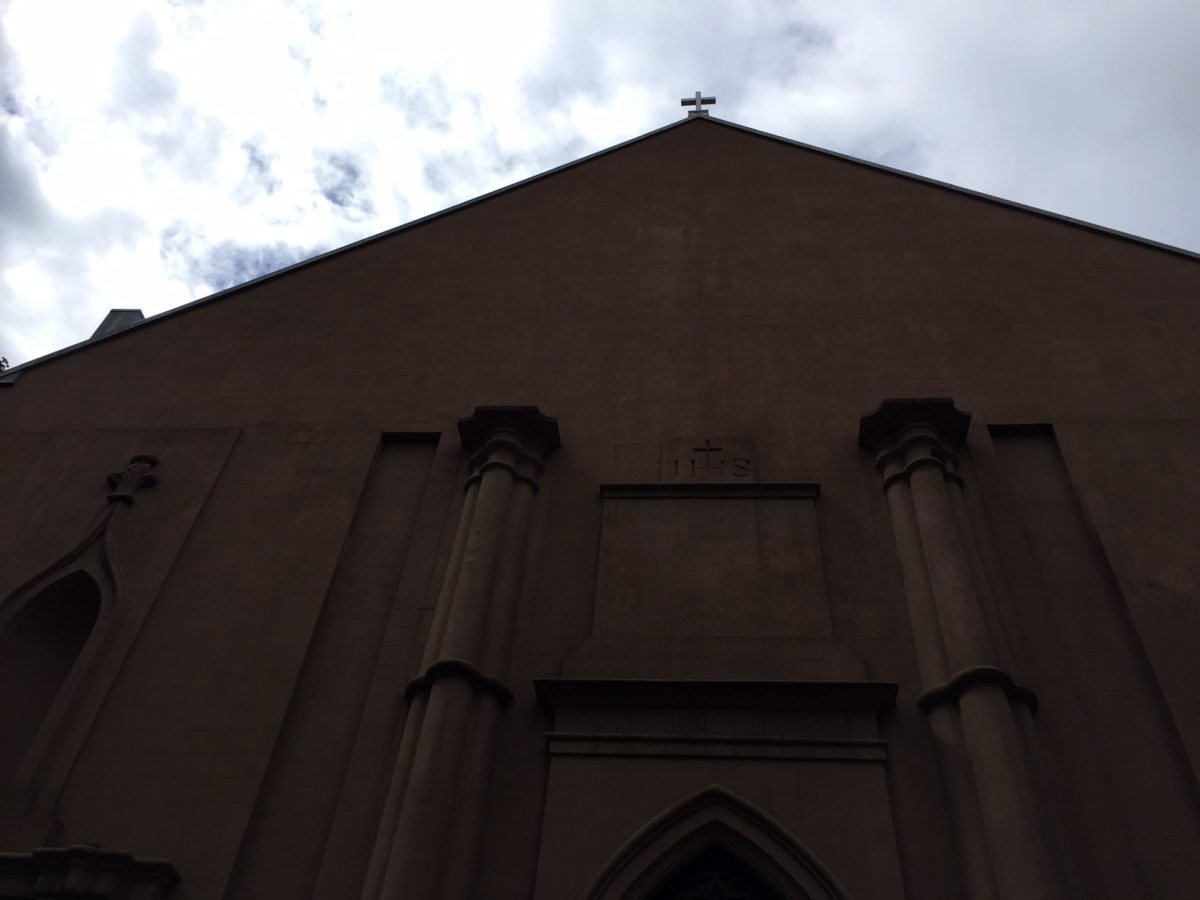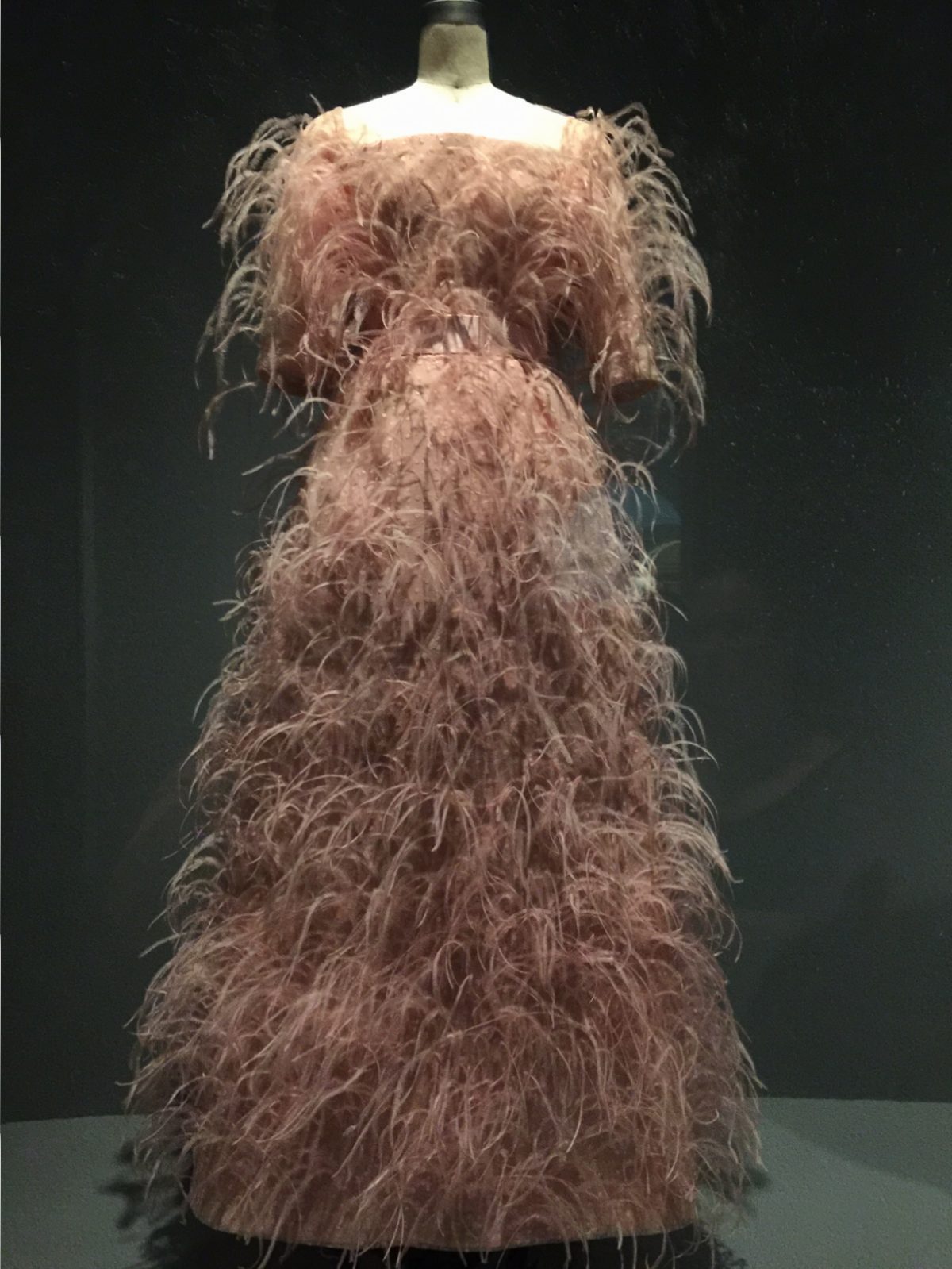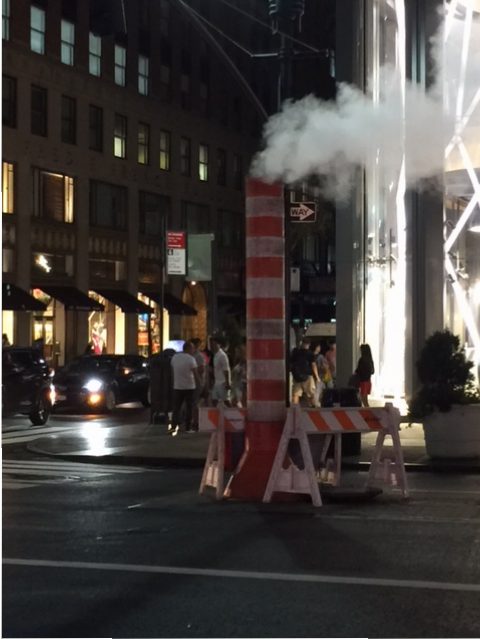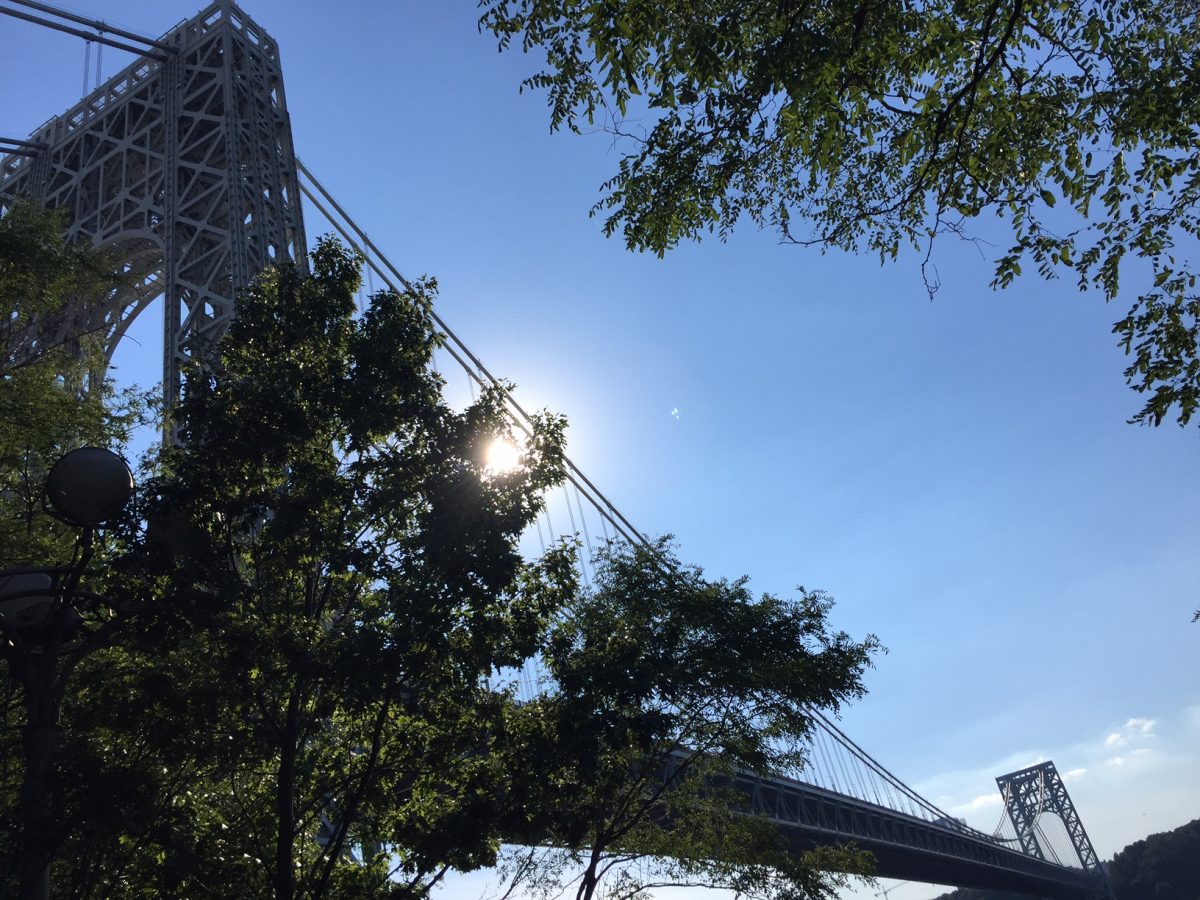The busiest toll crossing in the U.S., the George Washington Bridge sees over 300,000 vehicles and takes in over $1 million in tolls every day. The bridge forms an important link between New England and the Mid-Atlantic States. Like our first president, this bridge is stately, unique, and has a firm place in the region’s history.
Designed by Othmar Ammann and Cass Gilbert, the bridge was constructed between 1927 and 1931. Residents of New York and New Jersey wanted the bridge to be named the “Hudson River Bridge”, but the Port Authority overruled the people and named the bridge after our first president. At 4,760 feet long, the span was once the largest in the world (until the Golden Gate Bridge was completed). The bridge was originally supposed to have a stone cladding, but this was cancelled due to the Great Depression making the cladding too expensive. The bridge originally had six lanes, but this was expanded to eight on the upper deck. A lower deck carrying six additional lanes was built in 1962. There is also a bus station that connects Upper Manhattan to nearby locales on the Manhattan side of the bridge. To keep the bridge in top shape, the Port Authority is beginning a multibillion dollar rehabilitation project in the coming years.
With respect to the George Washington Bridge in popular culture, the bridge is the supporting star of Hildegarde Swift’s beloved children’s book, The Little Red Lighthouse and the Great Gray Bridge. The bridge is also the site of the largest free flying American flag, which is flown from the bridge in the mornings on certain federal holidays. On random days of the year, the Port Authority also lights up the towers at night with lights (which I personally wish would happen more often).
Not only is the George Washington Bridge an important transportation link, but it also forms a stately entrance into the city. In time, Sights by Sam hopes to add at least a view of the George Washington Bridge on a tour. For now, this will be the type of information you will learn on a Sights by Sam tour.

